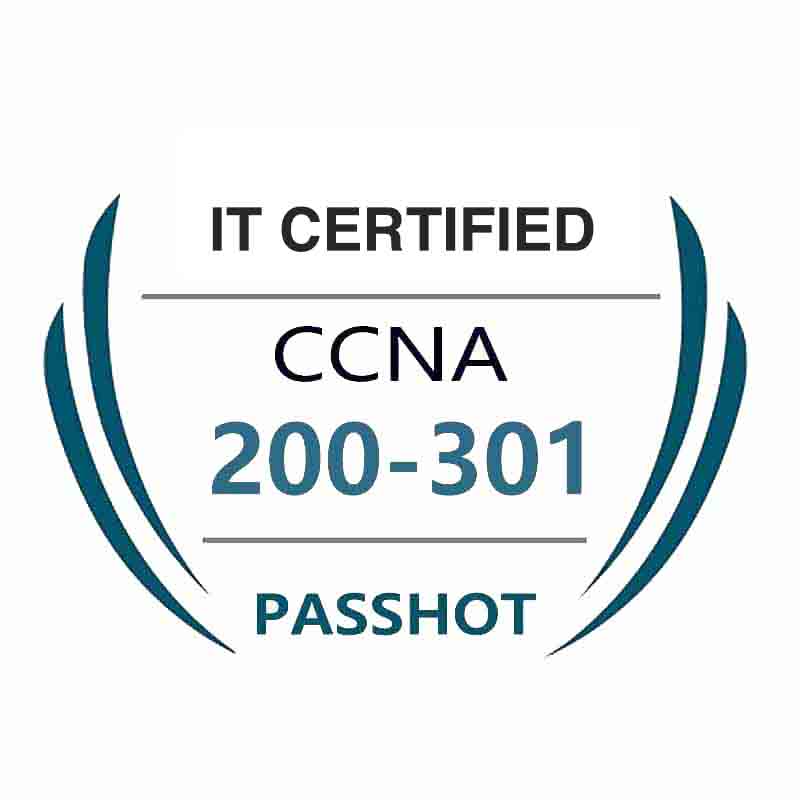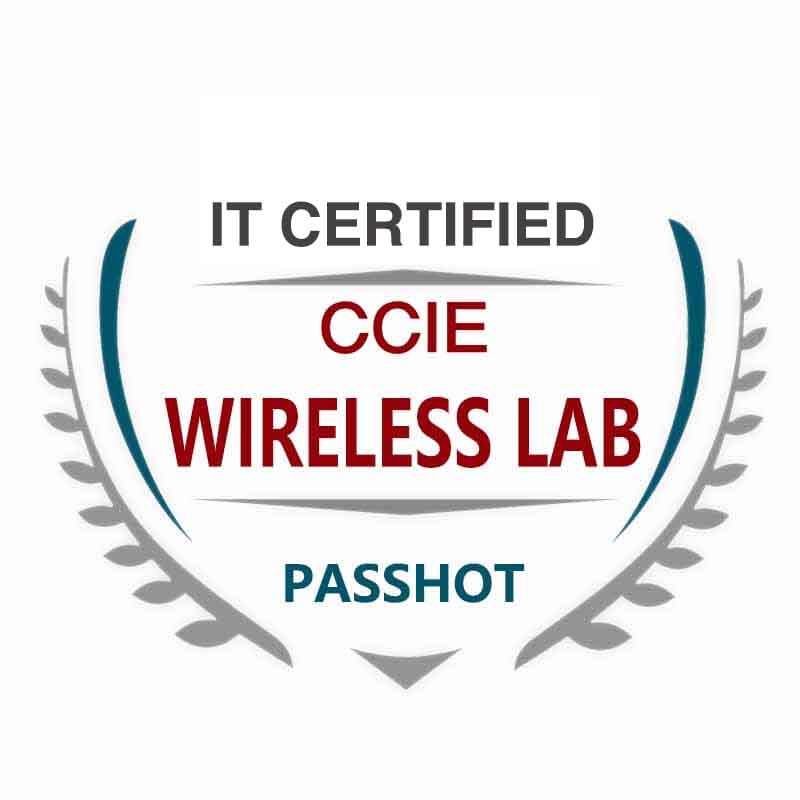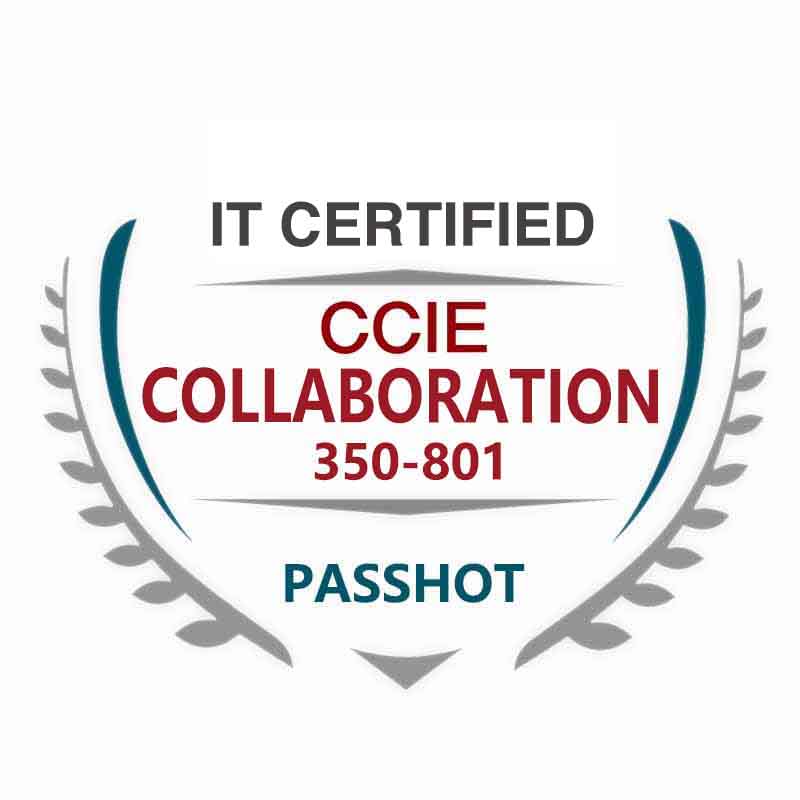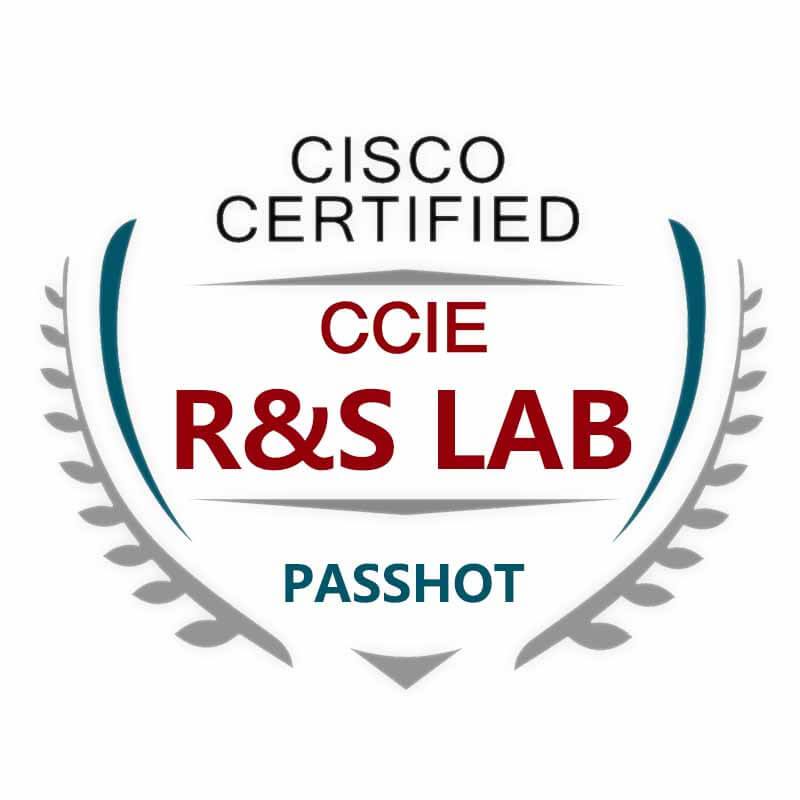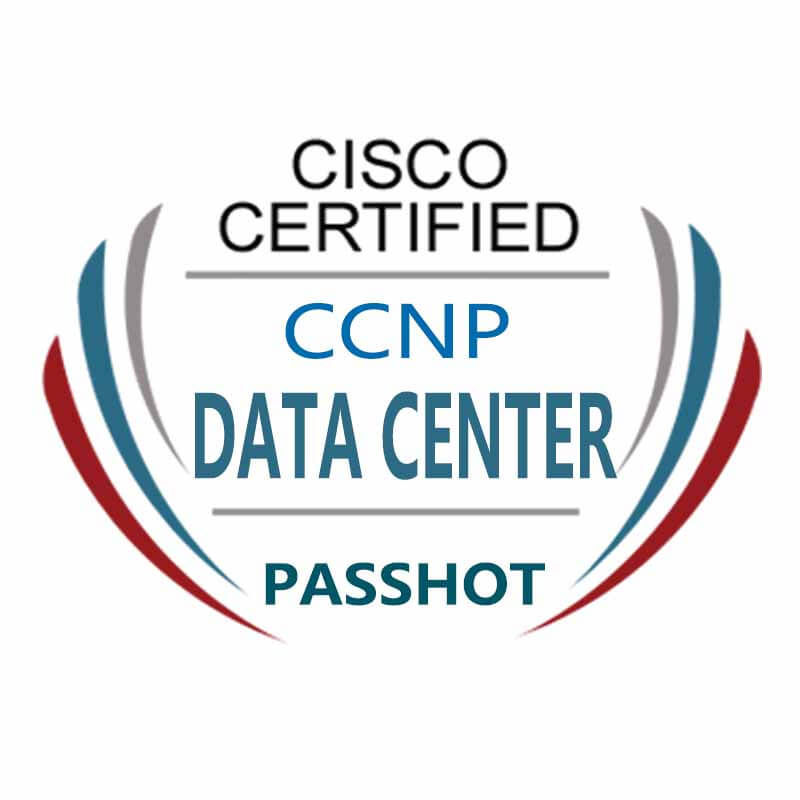100% Pass Cisco, PMP, CISA, CISM, AWS Dumps on SALE!
Get Now
01:59:56
X
Will IPv6 replace the MAC address?
Although this question is a bit absurd, it is of great value for discussion.
Whether it is an IPv4 or IPv6 address, it is globally unique on the Internet. You can uniquely identify the host by relying on the IP address only. What else is the MAC address?
That's right, very logical! Can the three modes of communication be solved perfectly only by relying on IP addresses?
No problem at all!
Unicast
How does the current network work?
The MAC address is embedded in the second layer of the data packet, and the data packet reaches the destination host. The destination host decides whether or not to receive it based on whether the MAC address is the same as its own.
How does it work without a MAC address?
The second layer of the data packet does not have a MAC address, and the data packet reaches the destination host. The destination host decides whether to receive it based on whether the IPv4 / IPv6 address is the same as its own.
IPv4 / IPv6 address, how does the network card know?
The TCP / IP protocol stack is required to register its own IPv4 / IPv6 address with the network card.
Multicast
How does the current network work?
Which multicast data the IPv4 / IPv6 host wants to receive, it needs to subscribe (concern) the multicast IP data packet to the network card. The network card needs to be converted into a multicast MAC address based on the subscribed IPv4 / IPv6 multicast address. When the multicast data arrives, it is compared with the destination MAC in the multicast packet according to the multicast MAC address of the local subscription. Accept if they are the same, and reject if they are different.
How does it work without a MAC address?
The second layer of the data packet does not have a MAC address, and the data packet reaches the destination host. The destination host network card decides whether to accept or reject the IPv4 / IPv6 multicast address that the user subscribes to based on whether the multicast address is the same.
broadcast
Broadcasting is a special kind of multicast. It is a subset of multicast. The behavior of receiving / rejecting is the same as multicast.
Readers will also have many questions. If the network card does not have a MAC address, how to dynamically obtain an IPv4 / IPv6 address?
You can borrow the serial number of the network card to replace the MAC address. After all, the serial number of a manufacturer's network card is unique.
If different manufacturers use the same serial number, then each manufacturer uses a manufacturer code (OUI), then use the combination of the manufacturer code (OUI) + product serial number to distinguish, the perfect solution!
But I haven't thought about it. The network card is separated from IPv4 and IPv6. I want to provide services directly to the application layer. There is no MAC address. How to identify myself?
The reader said, does the network card have the manufacturer code (OUI) + product serial number?
Yes, very clever answer!
Manufacturer code (OUI) + product serial number
Isn't it just the MAC address?
See, after a round, we are back to the same place, it seems that the network card has a unique MAC address in the world is necessary.

Deeper exploration
In the world of computer networks, there are many Layer 2 protocols, such as Ethernet, ATM networks, frame relay networks, FDDI networks, and token ring networks. However, at the beginning of the design of these protocols, the protocol designers designed them independently. Their original intention was to provide services directly to the application, so they need to provide the only one in the world.
Take "Ethernet" as an example, you need a globally unique MAC address to identify yourself. Because of its simplicity and ease of use, Ethernet became popular. Later, TCP / IP defeated its competitors, and it was a hit with Ethernet. In order to cater to each other, both parties could make themselves stronger.
This kind of catering corresponds to the use of ARP protocol to provide the mapping between MAC address and IP address, but each still has its own independent side, that is, the network card can use the MAC address to directly provide services to the application, and requires the participation of the IP protocol!
In summary, IPv6 can never replace MAC addresses!
The above is the news sharing from the PASSHOT. I hope it can be inspired you. If you think today' s content is not too bad, you are welcome to share it with other friends. There are more latest Linux dumps, CCNA 200-301 dumps and CCNP Written dumps waiting for you.
Cisco Dumps Popular Search:
ccna wireless exam ccie service provider written ccna dumps pdf free ccna ebook ccnp switch how long what is ccna 200-301 volume 2 allabout what are the new ccna exams spoto cisco dumps 300-715 sise training 300-435 enauto book amazon
Copyright © 2025 PASSHOT All rights reserved.

